How Bristol's new Brunel museum takes its cues from Hollywood film Being John Malkovich
A new museum has been opened in Bristol which tries to give an insight – almost literally – into the mind of Isambard Kingdom Brunel.
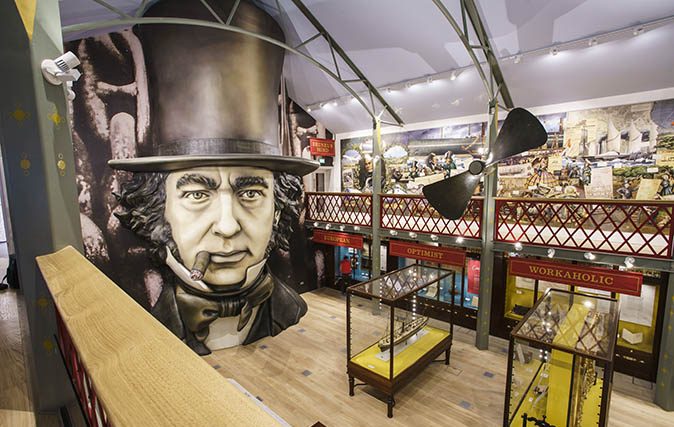

Isambard Kingdom Brunel’s reputation has done nothing but soar in recent years, the 19th-century engineer now widely credited as ‘the man who built Britain’.
If we’re honest it’s a description which only fits if you define the nation as a series of dockyards, bridges, tunnels and defunct steamships. Yet his contribution is undeniable and is now being celebrated in a new £7.2 million museum in Bristol.
The museum opened a few weeks ago after six years of hard work at Bristol’s newly-restored, Grade II*-listed Great Western Dockyard – the yard where Brunel designed and built the SS Great Britain. That ship that was essentially the first modern ocean liner, the first ocean-going iron steamship, which revolutionised travel; it is in dry dock a few feet away from the ‘Being Brunel’ exhibition, which has been funded by a range of charitable trusts, from the Heritage Lottery Fund to the Being Brunel Corporate Club.
Highlights include a recreation of Brunel’s drawing office, put together by reference to a painting by his niece, and – in a slightly surreal twist – the chance for visitors to walk around inside a 26ft-tall model of the great man’s head for an audio/visual experience of his brain (with a hint of steam and cigar smoke).
‘I want visitors to meet him, I want them to feel they actually know him,’ explains curator Rhian Tritton, who was inspired by the film Being John Malkovich.
‘I want them to be emotionally connected.’
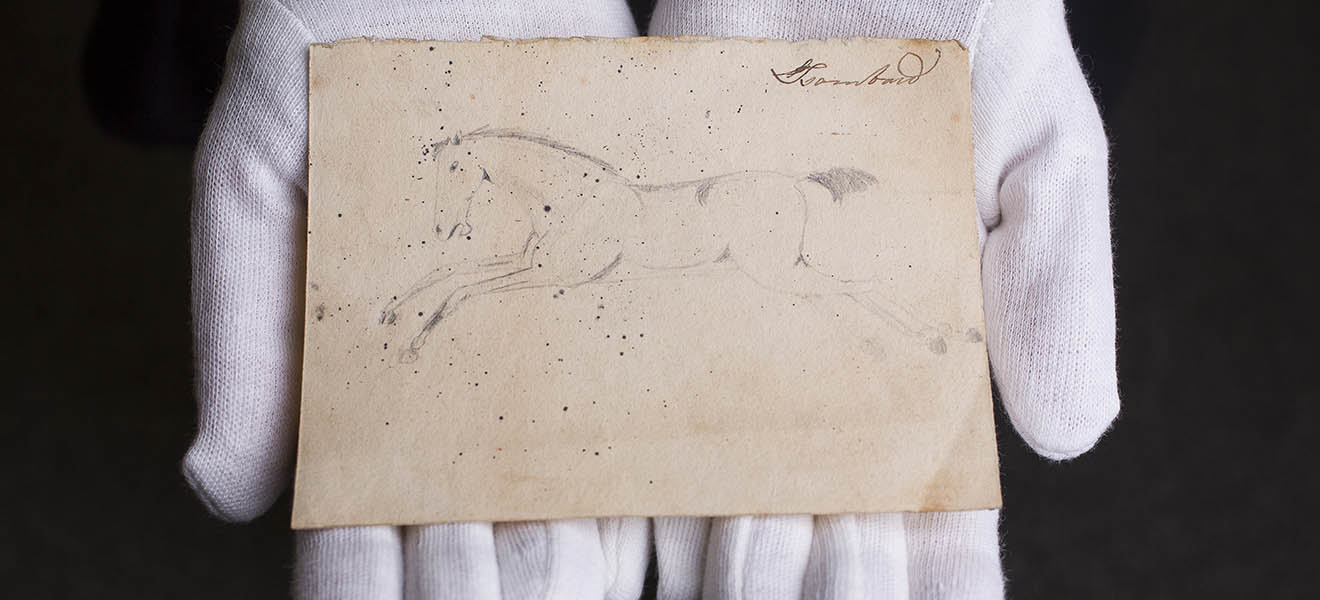
Among the 150 or so of Brunel’s personal artefacts on show, in six galleries that evoke the design of the Great Exhibition of 1851, is his 48-cigar case (a day’s supply), a school report, notebooks, diaries, designs and three paintings that he commissioned depicting works by Shakespeare.
Sign up for the Country Life Newsletter
Exquisite houses, the beauty of Nature, and how to get the most from your life, straight to your inbox.
‘By preserving Brunel’s legacy in this way, the museum aims to show what the man made, and what made the man, and we aim to inspire the innovators of the future,’ says Matthew Tanner, chief executive of the SS Great Britain Trust.
‘It will also highlight Brunel’s continuing relevance today with insight from “modern-day Brunels”, exploring how Brunel has inspired their work.’
The organisers are hoping to attract 200,000 visitors a year to the displays – you can find out more at www.ssgreatbritain.org
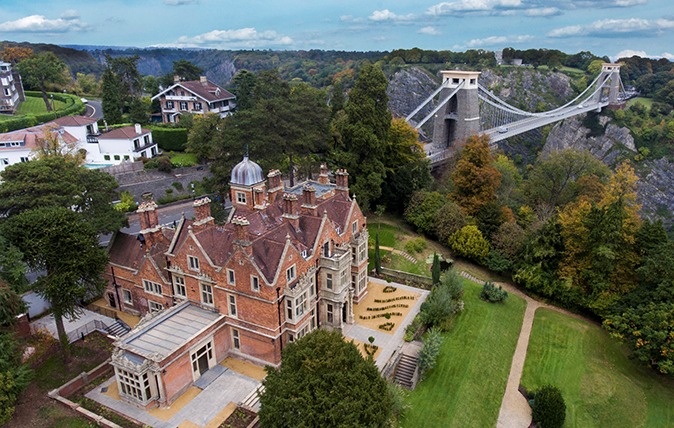
A stunning apartment in the shadow of the Clifton Suspension Bridge
Burwalls House has been sensitively re-modelled to provide five gorgeous living spaces.
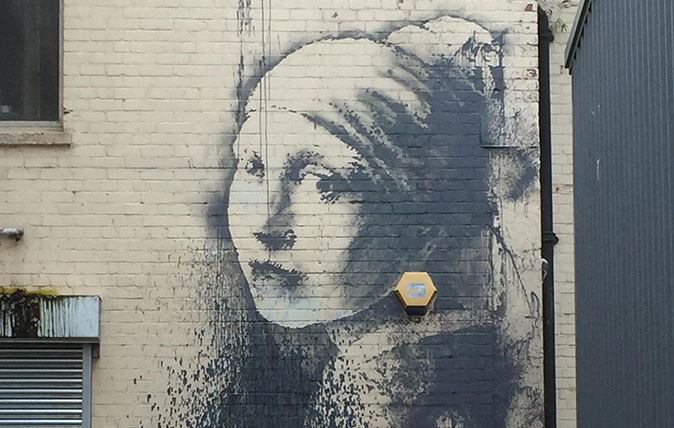
The street art that could add thousands to the value of your home – even if you just live nearby
A street artist leaving his mark on the walls of your house could end up netting you a small fortune.
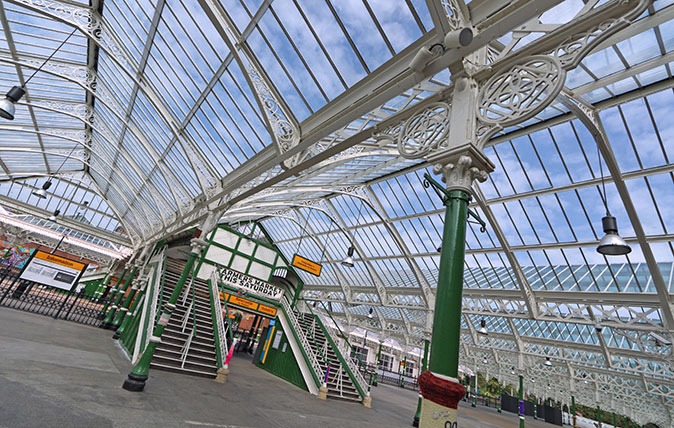
Credit: Alamy
Britain’s great railway stations: Victorian eclecticism, modern genius and one that is a true work of art
Simon Jenkins lauds our most romantic and architecturally significant railway stations, some of the unsung triumphs of British conservation.
Annunciata grew up in the wilds of Lancashire and now lives in Hampshire with a husband, two daughters and an awful pug called Parsley. She’s been floating round the Country Life office for more than a decade, her work winning the Property Magazine of the Year Award in 2022 (Property Press Awards). Before that, she had a two-year stint writing ‘all kinds of fiction’ for The Sunday Times Travel Magazine, worked in internal comms for Country Life’s publisher (which has had many names in recent years but was then called IPC Media), and spent another year researching for a historical biographer, whose then primary focus was Graham Greene and John Henry Newman and whose filing system was a collection of wardrobes and chests of drawers filled with torn scraps of paper. During this time, she regularly gave tours of 17th-century Milton Manor, Oxfordshire, which may or may not have been designed by Inigo Jones, and co-founded a literary, art and music festival, at which Johnny Flynn headlined. When not writing and editing for Country Life, Annunciata is also a director of TIN MAN ART, a contemporary art gallery founded in 2021 by her husband, James Elwes.
-
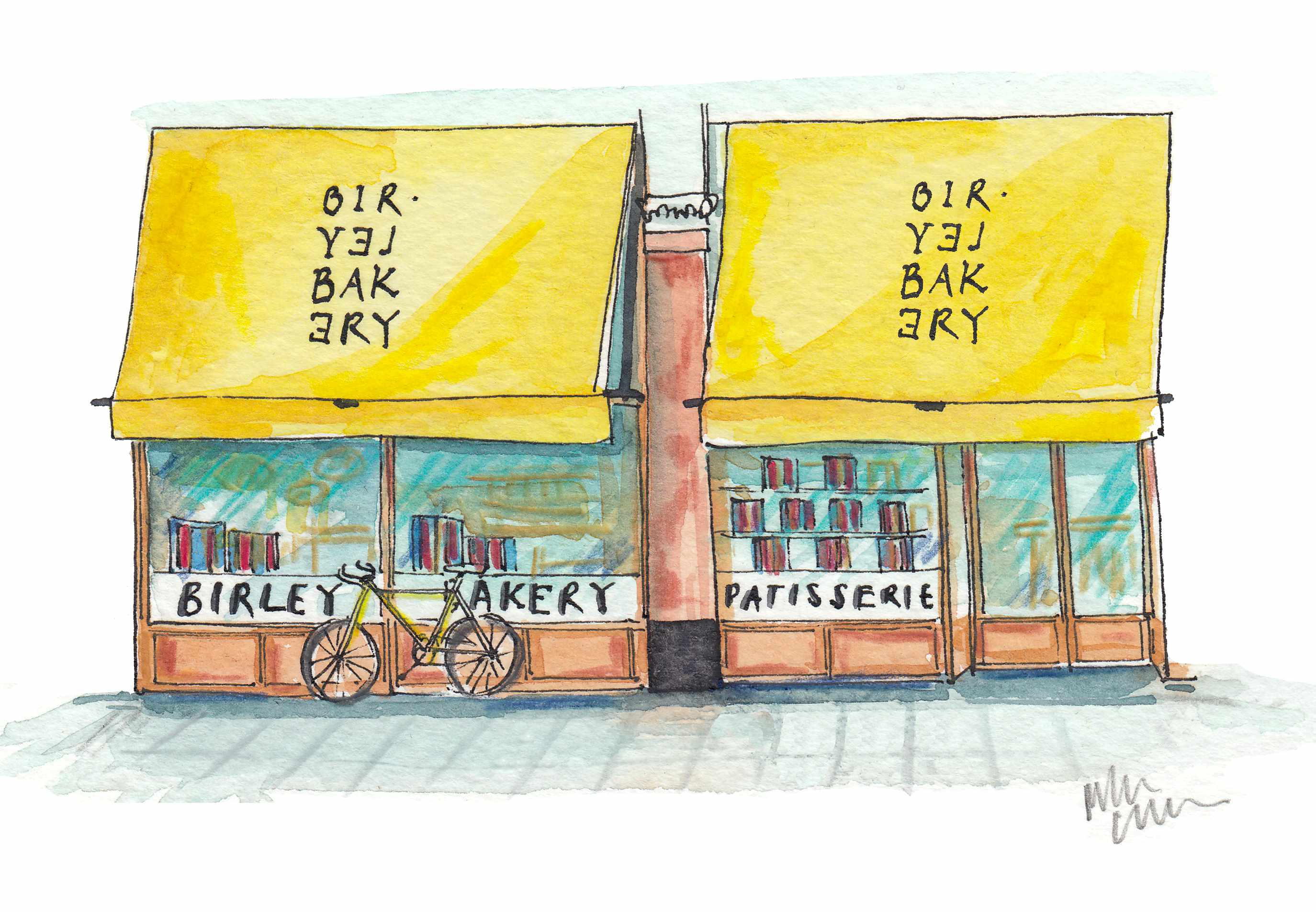 'That’s the real recipe for creating emotion': Birley Bakery's Vincent Zanardi's consuming passions
'That’s the real recipe for creating emotion': Birley Bakery's Vincent Zanardi's consuming passionsVincent Zanardi reveals the present from his grandfather that he'd never sell and his most memorable meal.
By Rosie Paterson
-
 The Business Class product that spawned a generation of knock-offs: What it’s like to fly in Qatar Airways’ Qsuite cabin
The Business Class product that spawned a generation of knock-offs: What it’s like to fly in Qatar Airways’ Qsuite cabinQatar Airways’ Qsuite cabin has been setting the standard for Business Class travel since it was introduced in 2017.
By Rosie Paterson
-
 10 of Scotland’s most magical white sand beaches
10 of Scotland’s most magical white sand beachesWhat better day to celebrate some of Scotland's most stunning locations than St Andrew's Day? Here's our pick of 10 of the finest white sand beaches in the country.
By Country Life
-
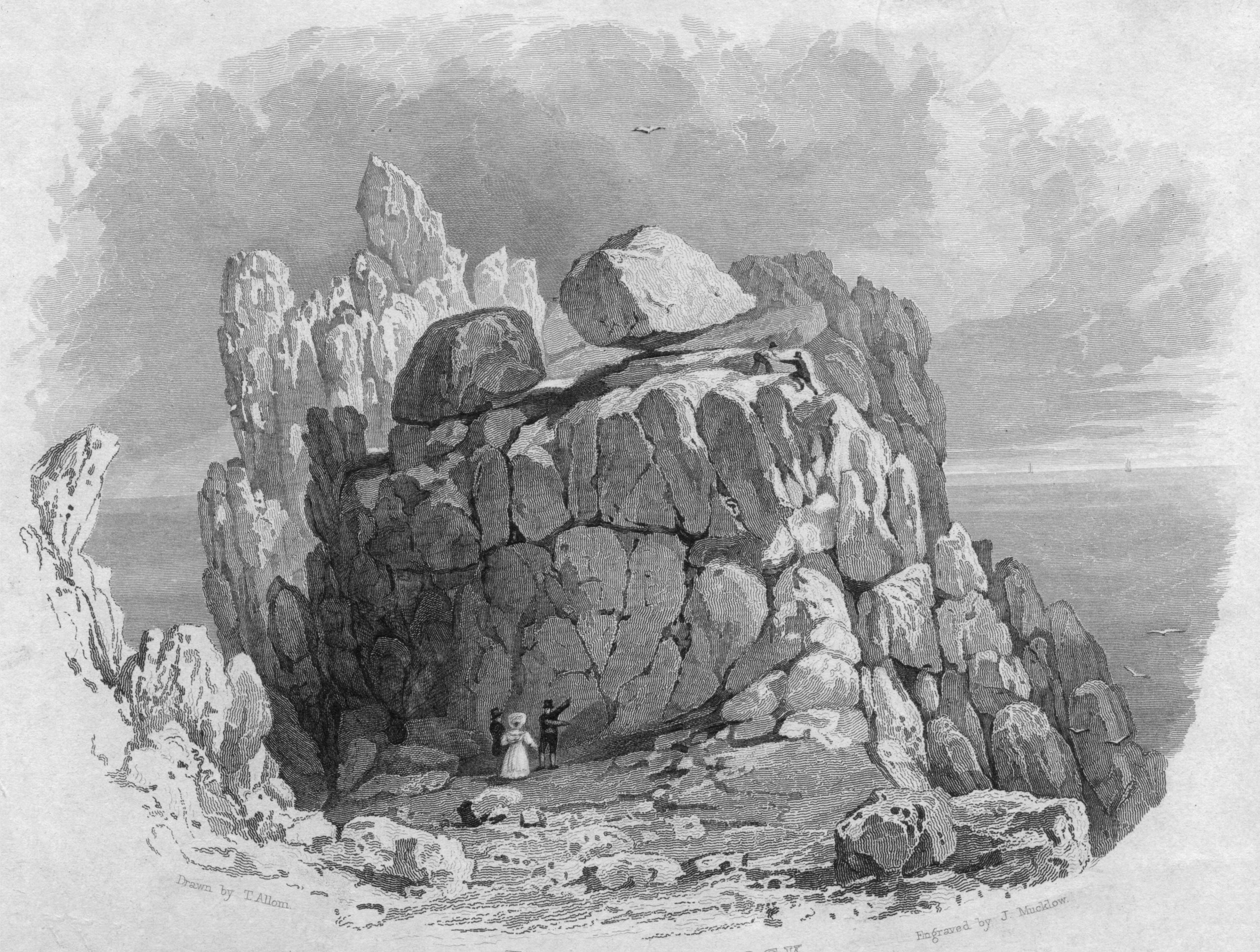 Curious Questions: Who dislodged Britain's most famous balancing rock?
Curious Questions: Who dislodged Britain's most famous balancing rock?A recent trip to Cornwall inspires Martin Fone to tell the rather sad story of the ruin and restoration of one of Cornwall's great 19th century tourist attractions: Logan Rock at Treen, near Land's End.
By Martin Fone
-
 Henley Festival: 13 things you'll see at the 'posh Glastonbury'
Henley Festival: 13 things you'll see at the 'posh Glastonbury'Revellers in ball gowns and dinner jackets, turning up on board £200,000 boats to dance and party while knocking back magnums of vintage champagne? It can only be the extraordinary Henley Festival, the high-end musical extravaganza that's a sort of Glastonbury-on-Thames for the (very) well heeled. We sent Emma Earnshaw along to see what it was like.
By Emma Earnshaw
-
 The best open air theatres in Britain
The best open air theatres in BritainAmid the sweet chestnuts, walnuts and cobnuts of a Suffolk farm, a natural amphitheatre has been transformed into a glorious sylvan venue for touring companies to tread Nature’s boards. Jo Cairdv pays a visit to the mesmerising Thorington Theatre, and picks out three more of the finest outdoor performance venues in Britain.
By Toby Keel
-
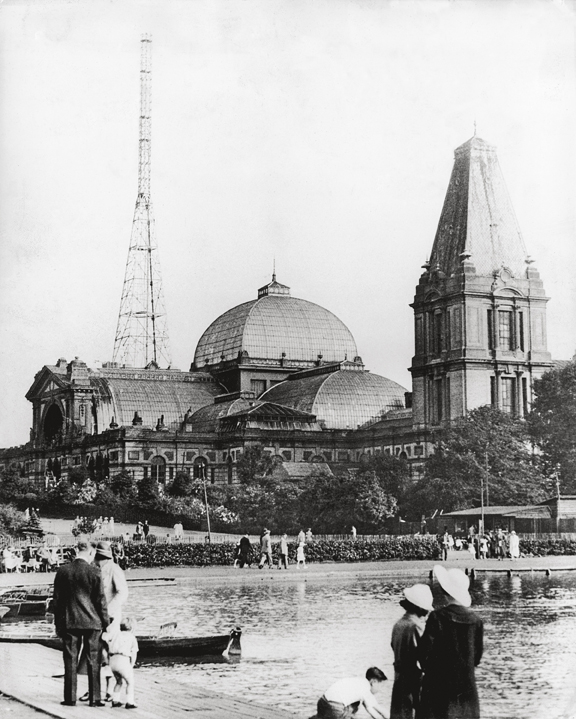 Alexandra Palace: How it's survived fires, bankruptcy and even gang warfare in 150 years as London's 'palace of the people'
Alexandra Palace: How it's survived fires, bankruptcy and even gang warfare in 150 years as London's 'palace of the people'Alexandra Palace has suffered every imaginable disaster, yet remains enduringly popular even a century and a half after its official grand opening. Martin Fone takes a look at the history of one of Britain's great public buildings.
By Martin Fone
-
 Berwick-upon-Tweed, Northumberland: The spectacular border town with a castle that changed hands 13 times
Berwick-upon-Tweed, Northumberland: The spectacular border town with a castle that changed hands 13 timesBerwick-upon-Tweed spent centuries as a pawn in Anglo-Scottish conflict; today, it's a charming border town with spectacular sights. Clive Aslet takes a look.
By Clive Aslet
-
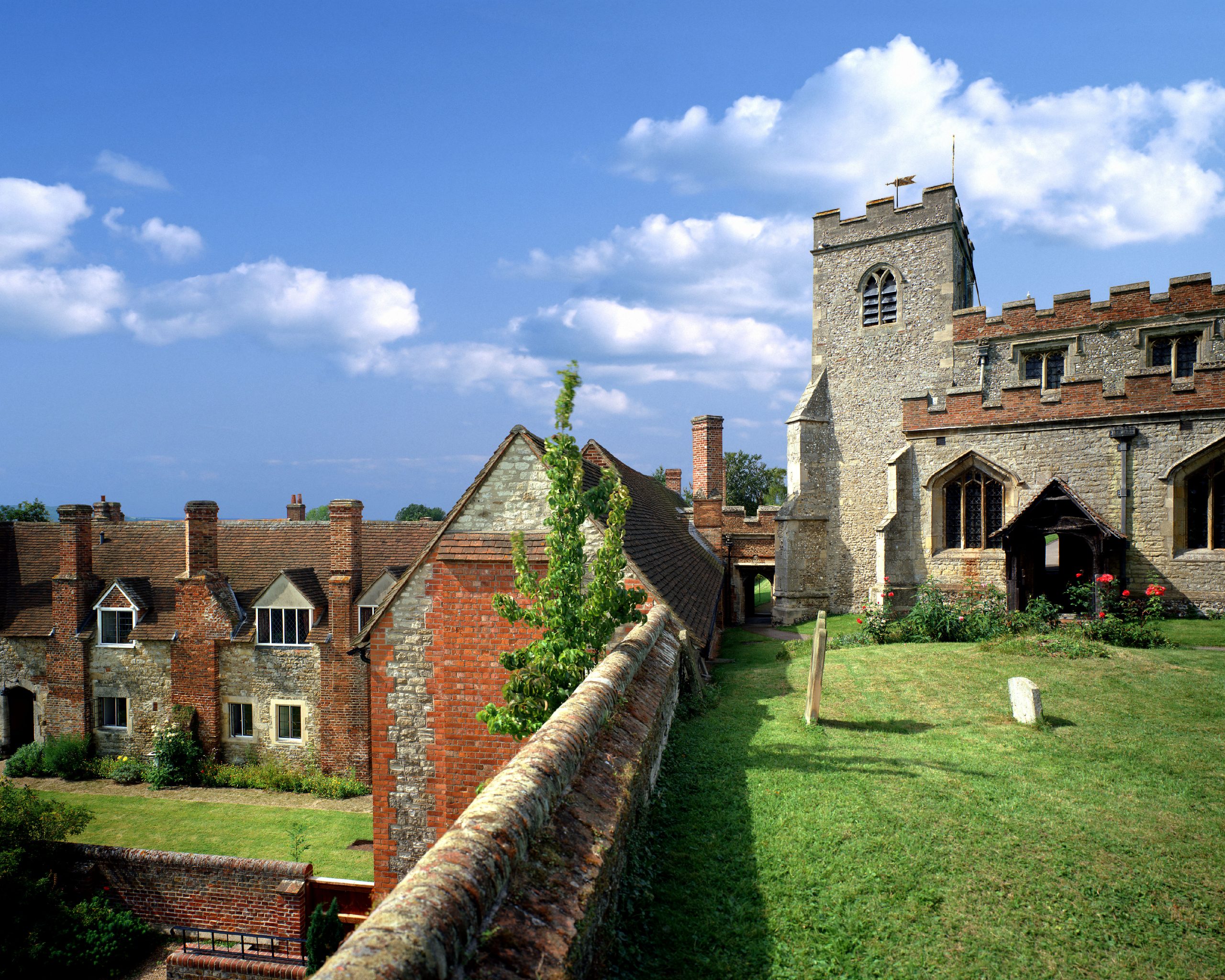 Ewelme, Oxfordshire: The medieval almshouses set up by Chaucer's grand-daughter and still running today
Ewelme, Oxfordshire: The medieval almshouses set up by Chaucer's grand-daughter and still running todayCountry Life's 21st century Grand Tour of Britain stops off at the remarkable church and almshouses at Ewelme, Oxfordshire.
By Toby Keel
-
 The Flying Scotsman: How the first 100mph locomotive became the most famous train in the world
The Flying Scotsman: How the first 100mph locomotive became the most famous train in the worldThe first train to officially hit 100mph may not even have been the first, and didn't hold the rail speed record for long; yet a century later its legend is undimmed. Jack Watkins celebrates the Flying Scotsman.
By Jack Watkins